Is the GOMEZ a worthy alternative to SRPP?
Back in the 1981, a Portuguese designer named JosŤ Gomes build an excellent push-pull amplifier using the DHT 211/VT4C (published in the nr. 22 of the French magazine "L'Audiophile"). This amplifier with its 35Wrms of Output Power (Fig.1) was build around an original high gain low impedance driver stage. This stage resembled in first istance a sort of paralleled SRPP but, as the Author suggested, its behaviour both in time and frequency domain is very different. The challenge was to build a stage combining the high gain, load driving capabilitiies of SRPP with the output impedance of a cathode follower in order to obtain a more sinergic effect.
During the years many designers have exprapolated the concept out of its original context and the Gomez becomed another basic compound block (as SRPP and m-Follower) for build audio units as line preamplifiers.
But, do the Gomez represents a meaningful alternative to SRPPs (and m-Followers) for stand alone projects? The answer will be clear with the discussion to follow.
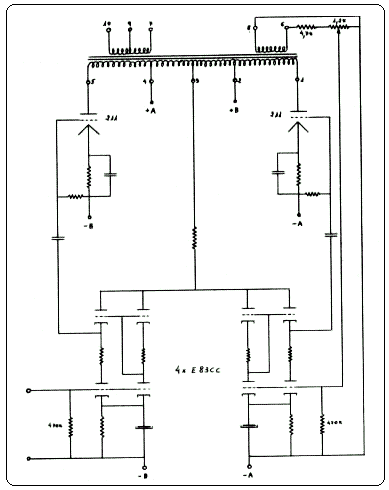
Fig.1 GOMEZ 35Wrms Power Amplifier Principle
A standard gain stage build around the 12AX7/ECC83 high-m triode has not so changes to drive a DH Transmitting Triode as the champions 211 or 845. The grid current in this wonderful devices becomes significant already for moderately low negative grid voltages and since the input swing for this power triodes to produce the full power is high (160Vpp for the 211 and an astounding 280Vpp for the 845) it's clear that the imput stage must provide power to the grid. This effect will be reached combining the following factors in the driver stage (supposing to limit the power amp architecture with a two-stage configuration as is the case for the amplifier of Fig.1):
highest voltage gain;
lowest output impedance;
high time and frequency domain linearity (i.e. low THD, good transitors response).
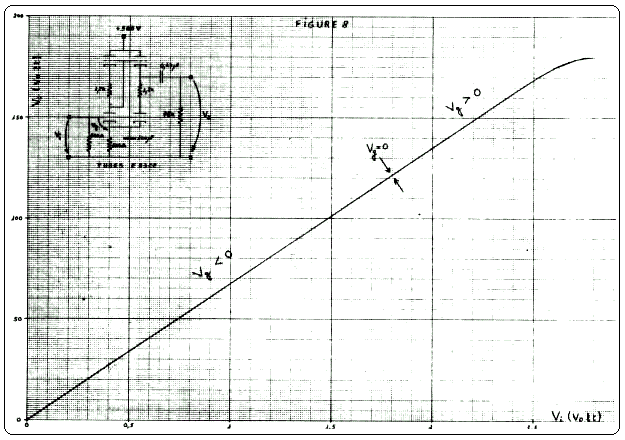
Fig.2 Author's Original Input-Output Characteristic
Standard compounds, as Common cathode + Cathode Follower, Common cathode + White Follower and so on, have not so good changes and in this context becomes clear the solution offered by the Gomez stage. The concept can be easily extracted from the original context but, again, is this necessary? What's the quid offered by the Gomez in a line preamplifier, for example, with respect to a SRPP?
In frequency domain Gomez and SRPP have similar characteristics but Gomez wins for a very low output impedance (Figg. 2,3,4). Simulation results refer to stages build with the 6C45-PE tube. The low superiority of SRPP in the frequency response and PSRR could be not perceived directly. This results show that the augmented complexity of the Gomez stage, at the designer's expense, can be justified only if a very low output impedance is a must.
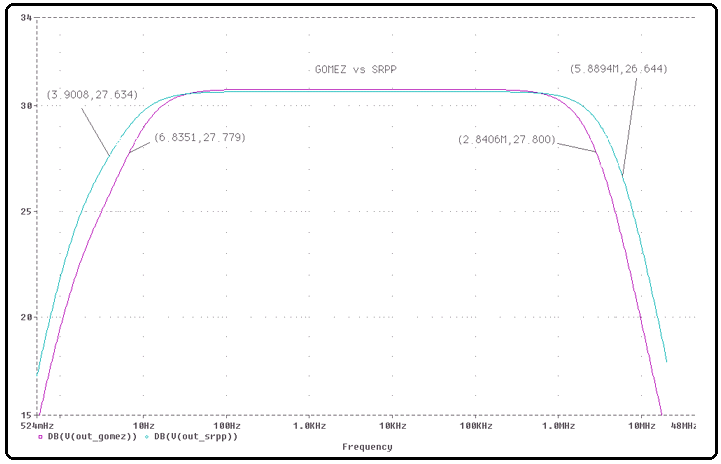
Fig2 Gomez vs. SRPP: Frequency Response
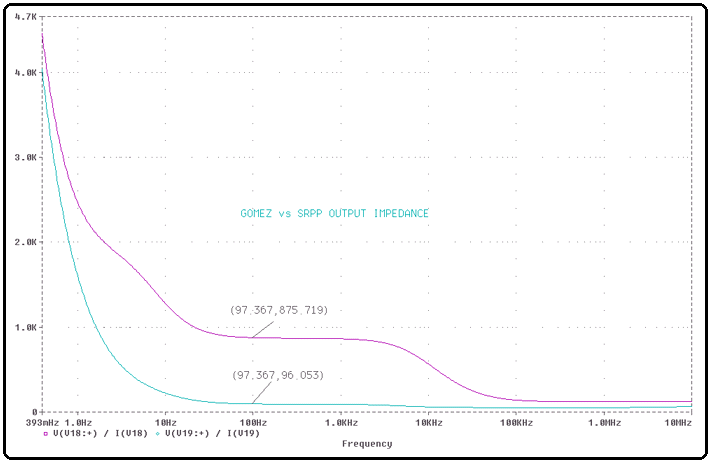
Fig. 3 Gomez vs. SRPP: Output Impedance
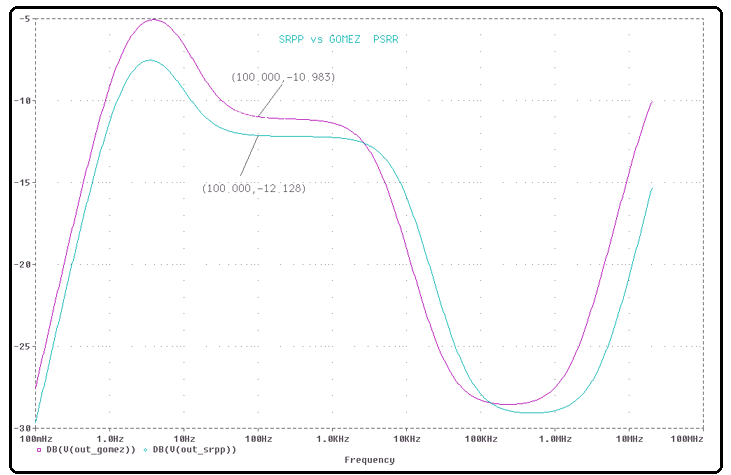
Fig.4 Gomez vs SRPP: Power Supply Rejection Ratio
Fig. 5 summarizes the non linear behaviour of SRPP and Gomez, where fundamental, 2nd, 3rd, 4th and 5th harmonics of a 1kHz sinusoid in union with the THD are compared. Again, in this graphs it emerges the superiority of Gomez: harmonics distribution is more uniform (both stages have a predominance in the 3rd order distortion however) but THD values favor the Gomez in low load condition (when more current is required). Further, the Gomez seems not to posses the minimum condition phenomenon in the THD that a SRPP presents (barely observed in the related graph and obtained for a load of 30kW). In fact the THD graph for this compound stage, the THD drecreases in a monotonic fashion.
 |
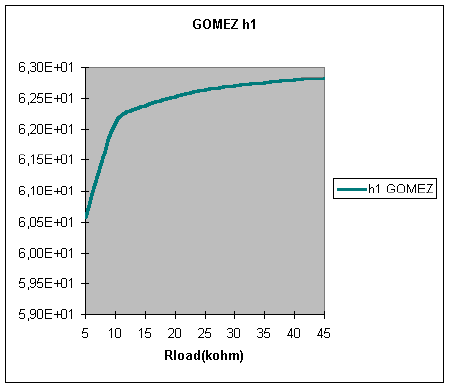 |
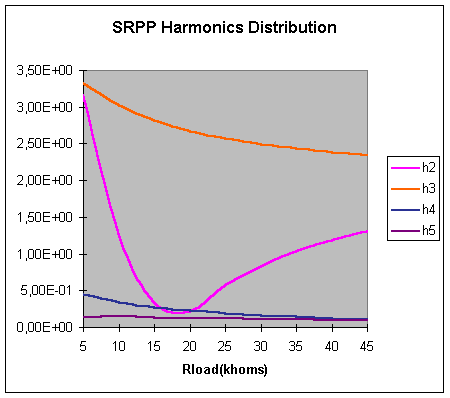 |
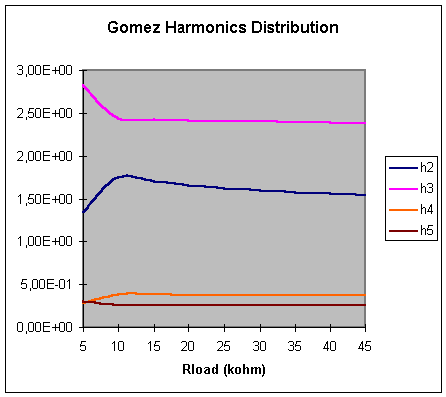 |
 |
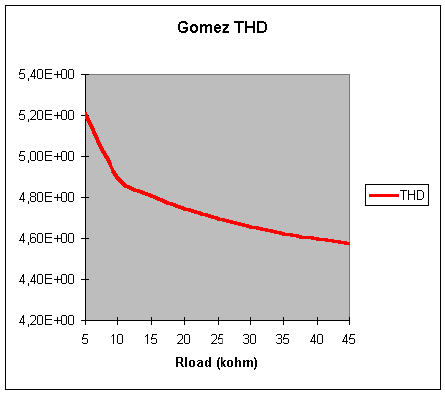 |
Fig. 5 Gomez vs. SRPP: Non linear Behaviour
After this short discussion, the original question can be answered. In absolute the Gomez represents a more affective alternative with respect to the SRPP : the output impedance is lower and the THD behaviour to abrupt variations in the load is very effective. This bonuses are important when the stage is used as driver (as the original applicaton) but could be irrelevant for low power, low swing applications (as line preamplification). The only drawback appear to be, however, an augmented complexity with the use of four triodic units to generate a given function versus the only two for the SRPP.
A similar analisys can be obtained comparing a paralled SRPP (PSRPP) with the Gomez. In this manner we can compare two compound stages having the same number of triodic units: a more homogeneous study. Without added observation I'll report the non linear behaviour for the paralled SRPP in the same context conditions.
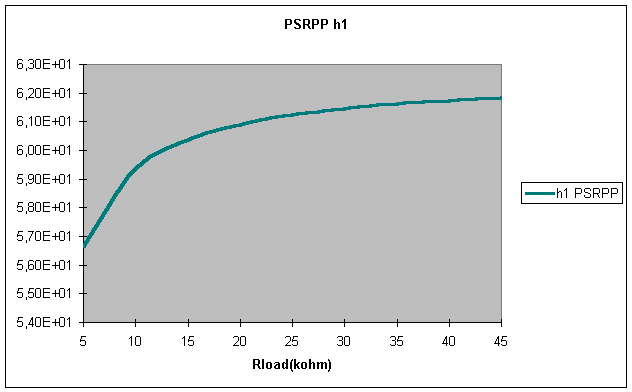 |
||
|
|
||
|
|
|
What did you
think of this article? |